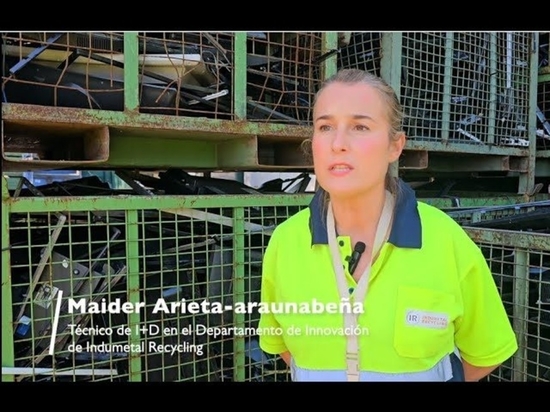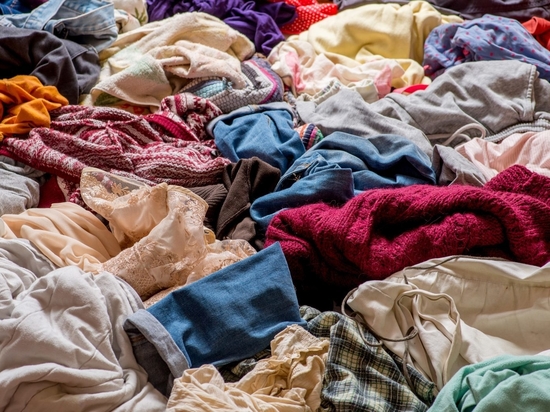
#Industry News
CIRCULAR ECONOMY: SUSTAINABLE GROWTH AND PROFITABILITY IN THE BUSINESS LANDSCAPE
CIRCULAR ECONOMY: SUSTAINABLE GROWTH AND PROFITABILITY IN THE BUSINESS LANDSCAPE
CIRCULAR ECONOMY: SUSTAINABLE GROWTH AND PROFITABILITY IN THE BUSINESS LANDSCAPE
by Picvisa | Jun 22, 2023 | Circular economy
The Circular Economy not only plays a crucial role in the fight against the climate emergency and the pursuit of sustainability, but also allows businesses to address current challenges related to supply, customer demands, and regulatory evolution.
In a world characterized by volatility and uncertainty, where multiple pressures affect supply chains, adopting a circular economy strategy presents as a solution that helps maintain resilience and profitability, while satisfying all stakeholders.
Both at the European level and in each country, efforts in sustainability are being intensified through the development of plans and regulations that drive the transition from a linear to a circular economy.
The demonstrated benefits of the circular economy go beyond corporate responsibility, generating economic profitability and brand value.
PILLARS OF THE CIRCULAR ECONOMY: REDUCE EMISSIONS, REDUCE WASTE, AND INCREASE REUSE.
To carry out a sustainable transition, the “Circular Economy Strategy Spain 2030” is the strategic and action framework for achieving a positive environmental impact.
In this strategic framework, six areas are identified for organizations to take advantage of all the opportunities inherent in the circular economy:
• Reduce national material consumption by 30% in relation to GDP.
• Reduce waste generation by 15%.
• Reduce food waste throughout the food chain.
• Increase reuse and preparation for reuse.
• Improve water use efficiency by 10%.
• Reduce greenhouse gas emissions.
Particular emphasis is placed on the need to increase recycling levels in Spain to meet the objectives set by the European Commission.
IN THE CIRCULAR ECONOMY, ALL MATERIALS HAVE A NEW LIFE.
An exhaustive study published by EY Consulting, defines the Circular Economy as a mega-trend that facilitates the regeneration of the natural ecosystem while regenerating industrial and business ecosystems.
Grafico transición de un modelo de negocio lineal a circular
In this context, it is of paramount importance to reduce the use of raw materials, minimize waste, and decrease CO2 emissions.
The report Mixed Waste Sorting to meet the EU’s Circular Economy Objectives assesses whether the EU’s recycling objectives can be achieved by improvements in the recyclability of packaging and increased selective waste collection.
One of the main conclusions is the need to deploy effective mixed waste sorting systems to ensure systematic compliance with recycling objectives and progress towards reducing EU carbon emissions.
It is estimated that mixed waste sorting could save 21% of the total emissions of the EU waste sector in 2030, and up to 25% if more ambitious selective collection systems are implemented.
In three of the EU’s most advanced countries in this area, Sweden, Germany, and Belgium, it is estimated that mixed waste sorting could increase recycling rates for 2030 by around 58% in Sweden, 62% in Germany, and up to 65% in Belgium.
The obligation to classify these wastes would contribute to meeting the plastic and paper packaging recycling targets for 2030, and would contribute between 2.9 and 8.2 percentage points to municipal waste recycling targets.
The report highlights the importance of proper identification and classification of waste as a fundamental part to achieve the objectives of the circular economy and reduce carbon emissions in the EU.
For the different types of waste to be incorporated back into the production process, operational infrastructure is needed in which the precision in the identification and classification of waste is a decisive link in the value chain.
INTEGRATING CIRCULARITY INTO THE BUSINESS MODEL AND CORPORATE PHILOSOPHY.
At PICVISA, we adhere to the Voluntary Agreements Program for the reduction of greenhouse gas (GHG) emissions of the Generalitat de Catalunya because measuring and reducing our carbon footprint is a crucial priority for us.
However, where our commitment to the principles of the Circular Economy is evident is in our daily activity, in our innovation strategy, and in the constant improvement of our products and services.
Through our technological developments, we contribute to the identification, separation, and recycling of glass, plastics, textiles, and other waste.
With our technology, leading companies like Coleo Recycling make it possible for an increasingly significant part of textile waste to be recovered, traced, and finally used for the manufacture of new products. Coleo Recycling processes more than 3.000 annual tons, and at PICVISA we are proud to be part of the industrial ecosystem that drives the circularity of the textile sector.
Our commitment is absolute because the challenge we face is of enormous magnitude. To get an idea, let’s think that each of us, every European, generates about 15 kilos of textile waste per year. A simple multiplication takes us to a total of 7.5 million tons of textile waste generated in Europe each year.
But we are very aware of the need to reduce waste and its impact, no doubt, but still, forecasts point to that in 2030 each of us will generate 20 kg of textile waste per year. An increase of 30% per individual in a decade.
Becoming aware of the situation is necessary, taking measures to reverse it is non-negotiable. Adopting circular approaches not only contributes to the fight against climate change but also allows organizations to address supply challenges, customer demands, and regulatory evolution, significantly contributing to society’s efforts to achieve decarbonization.
The circular economy is presented, and the data and projections support this, as a profitable and sustainable paradigm for businesses in the current landscape.





